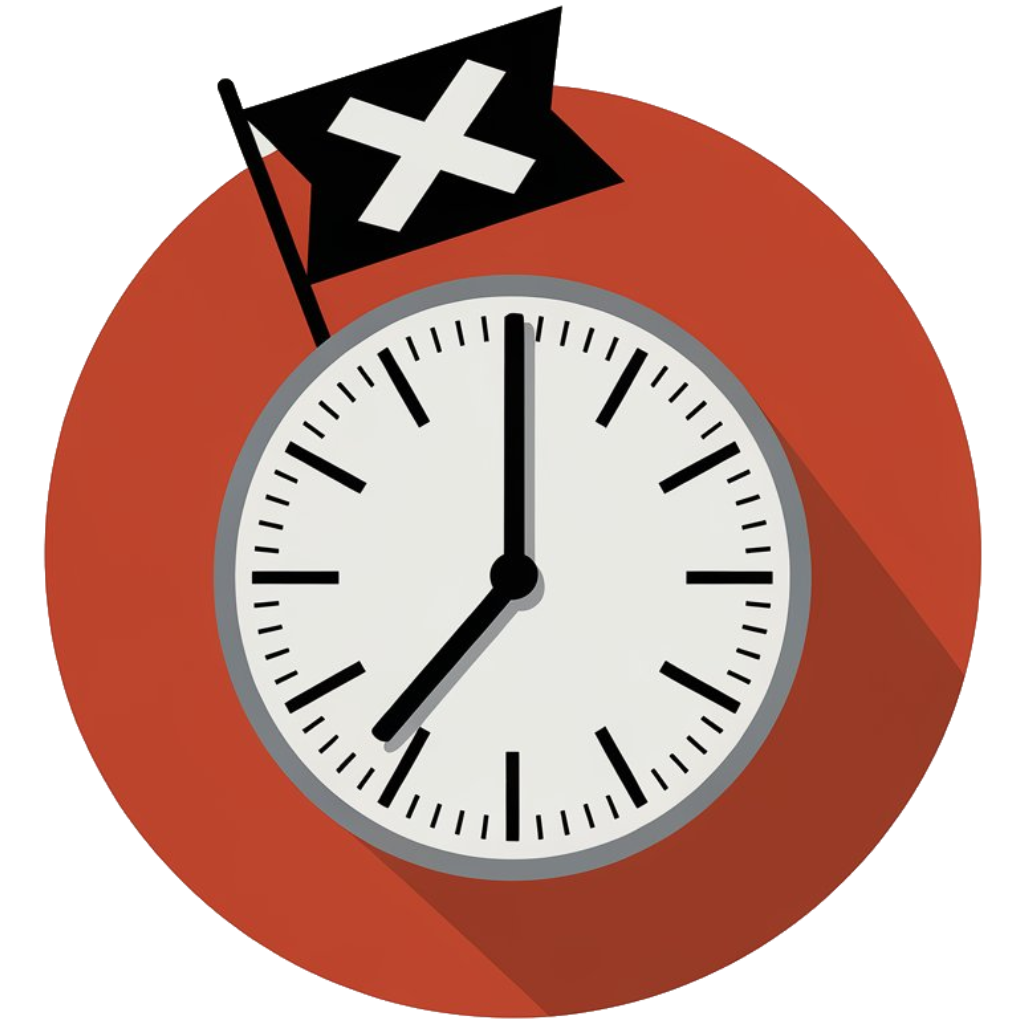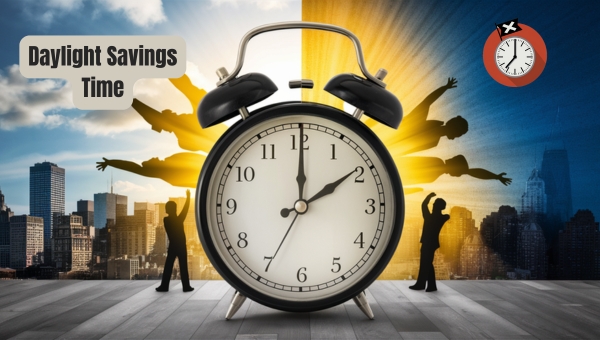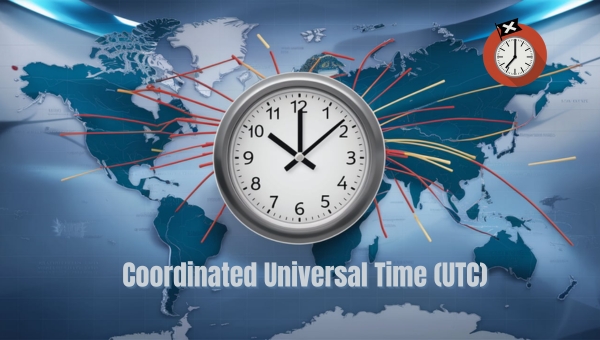Military Time Work: How It Transforms Your Day?
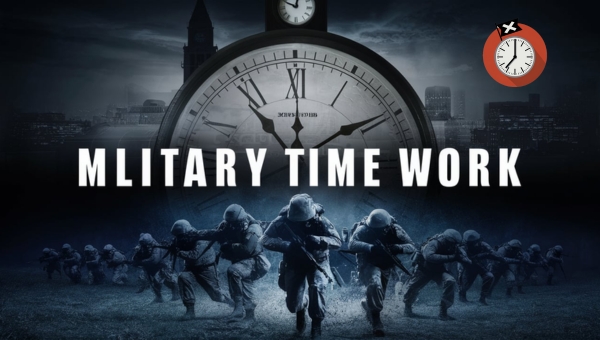
Ever wondered how military time works and why it’s so essential? Understanding military time can unlock a world of precision and clarity in your daily schedule. In this article, we’ll delve into the fascinating history of military time, its importance for clear communication, and its global relevance.
We’ll also explore how various industries adopt this system and provide tips for using it correctly. By the end, you’ll see how mastering military time can enhance your communication, improve time management, and offer professional advantages. Ready to dive in? Let’s get started!
How does Military Time work?
Military time, also known as the 24-hour clock, is a timekeeping method that eliminates the need for “AM” and “PM” designations. Instead of splitting the day into two 12-hour periods, military time runs from 0000 to 2359.
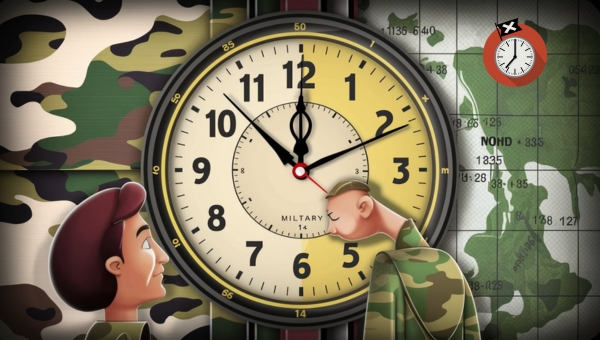
This system is widely used in the military, aviation, emergency services, and other fields where precise timekeeping is crucial. By using military time, professionals can avoid confusion and ensure accurate communication.
But how did this system come to be, and why has it been adopted by armed forces around the world? Let’s delve into the historical context to understand the origins and adoption of military time.
Historical Context
The history of military time dates back to ancient civilizations, which recognized the need for precise timekeeping. However, it was during the modern era that the 24-hour clock system became more structured and widely adopted.
- Ancient Civilizations: Early societies like the Egyptians and Romans used sundials and water clocks, which divided the day into 24 segments. This laid the groundwork for the 24-hour system we use today.
- World War I: The need for coordinated military operations highlighted the limitations of the 12-hour clock, leading to the adoption of the 24-hour system by various armed forces.
- World War II: The widespread use of military time was solidified during World War II, as allied forces required a unified timekeeping method to synchronize operations across different time zones.
- Post-War Era: After the wars, the use of military time extended beyond the military to fields like aviation and emergency services, where precise timing is essential.
Understanding the historical context of military time helps us appreciate its importance and widespread adoption. From ancient sundials to modern digital clocks, the 24-hour system has evolved to meet the needs of various professions, ensuring clarity and precision in timekeeping.
Importance of Military Time
Military time is a vital system that ensures accuracy and consistency in timekeeping. This format, also known as the 24-hour clock, is used by the military, emergency services, and various industries to avoid misunderstandings that can arise from the 12-hour clock format. By using military time, organizations can maintain a high level of precision and clarity.

Clarity and Precision
Military time eliminates ambiguity in timekeeping. In the 12-hour clock format, the same numbers are used twice a day, which can lead to confusion—think of 6:00 AM versus 6:00 PM. Military time, on the other hand, runs from 0000 to 2359, removing any guesswork.
For example, 1300 hours is clearly 1:00 PM, and 2300 hours is 11:00 PM. This straightforward approach ensures that everyone is on the same page, particularly in critical situations where timing is crucial.
In addition, military time is written without punctuation, further reducing the likelihood of errors. For instance, 8:30 AM becomes 0830, and 8:30 PM becomes 2030. This clarity is especially important in fields like aviation, healthcare, and logistics, where precise timing can mean the difference between success and failure.
Global Standardization
Military time is used internationally for several reasons:
- Consistency: It provides a uniform method of timekeeping across different regions and languages.
- Communication: It simplifies coordination and communication among international teams.
- Avoidance of Errors: It reduces the risk of misunderstandings and errors in scheduling.
By adopting military time, organizations can ensure seamless operations and coordination across the globe.
Applications Beyond the Military
Military time is not just for the armed forces; it is used in various other fields and industries:
- Healthcare: Hospitals and clinics use military time to schedule surgeries, medication times, and shift changes.
- Aviation: Airlines and air traffic controllers rely on military time to schedule flights and manage air traffic.
- Logistics: Shipping companies use military time for tracking and delivering goods.
- Public Safety: Police, fire departments, and emergency services use military time for dispatching and reporting.
These applications highlight the versatility and necessity of military time in ensuring accuracy and efficiency across different sectors.
Standardized Usage of Military Time
Using military time can simplify timekeeping and ensure clarity across various contexts. Let’s explore the guidelines, common mistakes, and conversion methods to make the most of military time.
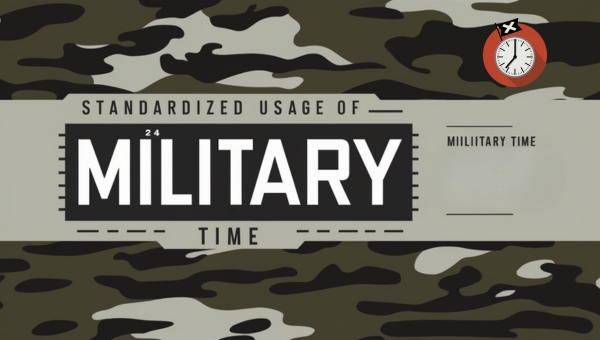
Guidelines for Using Military Time
To use military time correctly, follow these guidelines:
- Understand the 24-Hour Format: Military time runs from 0000 to 2359. The first two digits represent the hour, and the last two digits represent the minutes.
- No Colons: Unlike standard time, military time does not use colons to separate hours and minutes.
- Reading Hours 0-12: For hours 0000 to 1200, read them as they are. For example, 0700 is 7:00 AM.
- Reading Hours 13-24: For hours 1300 to 2400, subtract 12 to convert to PM times. For instance, 1500 is 3:00 PM.
- Pronunciation: State the time in a clear manner. For example, 0800 is “zero eight hundred” and 1645 is “sixteen forty-five.”
Common Mistakes to Avoid
Avoid these common errors in using military time accurately:
- Incorrect Conversion: Failing to subtract 12 from hours 13-24. For example, 1400 is often mistaken for 14:00 PM instead of 2:00 PM.
- Using Colons: Including colons in military time, such as 14:00 instead of 1400.
- Misunderstanding Midnight: Confusing 0000 with 2400. Both represent midnight, but 0000 is the start of the day, and 2400 is the end of the day.
Converting Between Military and Standard Time
Converting between military time and the 12-hour clock format is straightforward:
- From Military to Standard Time:
- For hours 0000 to 1159: These times are in the AM range, so 0900 is 9:00 AM.
- For hours 1200 to 1259: This is simply 12:00 PM to 12:59 PM.
- For hours 1300 to 2359: Subtract 12 from the hour to convert to PM. For example, 1400 becomes 2:00 PM.
- From Standard to Military Time:
- For AM times: Simply add leading zeros if necessary. 7:00 AM becomes 0700.
- For PM times: Add 12 to the hour. So, 5:00 PM becomes 1700.
By following these guidelines, avoiding common mistakes, and mastering conversions, using military time will become second nature, enhancing both personal and professional timekeeping.
Benefits of Learning Military Time
Understanding military time can offer several advantages that extend beyond its traditional use in the armed forces. These benefits can significantly enhance various aspects of daily life and professional settings.
Enhanced Communication
Knowing military time can vastly improve communication, especially in critical situations. In emergency services, for instance, every second counts. Using military time removes any confusion between AM and PM, which can be crucial when coordinating rescue operations or medical emergencies.
Imagine a scenario where a paramedic needs to communicate an exact time for a response team. Military time ensures there is no ambiguity, thus, speeding up response times and increasing efficiency. This clarity can be the difference between life and death, making it an invaluable skill in high-stakes environments.
Improved Time Management
Adopting military time can also lead to better time management. The 24-hour format helps in planning and scheduling by providing a clear understanding of the day’s timeline. When you see “1500,” you immediately know it refers to 3 PM, without the need to mentally convert it.
This precision can help in organizing tasks, meetings, and deadlines. For example, if you have a project deadline at 1600, you can easily gauge how much time you have left without any confusion. This method encourages punctuality and enhances productivity by providing a straightforward way to track time.
Professional Advantages
Knowledge of military time can be a significant asset in various careers. Here are some fields where this skill is particularly beneficial:
- Healthcare: Doctors and nurses often use military time to avoid misunderstandings in patient care schedules.
- Aviation: Pilots and air traffic controllers rely on military time to coordinate flight schedules and avoid errors.
- Military and Law Enforcement: Personnel in these fields use military time for operational efficiency and accuracy.
- Global Business: Companies operating in multiple time zones find military time useful for coordinating international meetings.
By mastering military time, you can enhance your communication skills, improve your time management, and gain a professional edge in various careers.
FAQs
Why is military time used instead of regular time?
Military time is used for its precision and clarity. By eliminating AM and PM, it reduces the risk of confusion in time-sensitive situations.
How do I read military time?
Military time is read as a four-digit number. The first two digits represent the hour, and the last two digits represent the minutes. For example, 1300 is 1:00 PM in regular time.
Are there any apps to help learn military time?
Yes, there are several apps available that can help you learn and practice military time. These apps offer various features like quizzes and conversion tools to aid in mastering this time format.
Conclusion
Military Time work simplifies communication and enhances precision in various fields, from the military to healthcare. Its standardized format eliminates confusion and ensures clarity, especially in international contexts.
Learning how to use and convert military time can significantly improve time management and provide professional advantages. By mastering this system, you can enhance your scheduling, coordination, and overall efficiency. If you found this article helpful, be sure to explore more insightful posts on our site. Stay informed and empowered!
